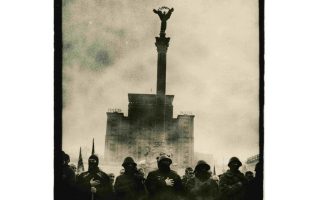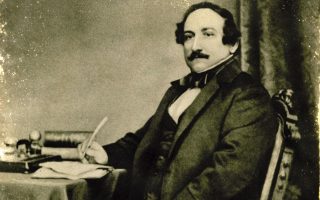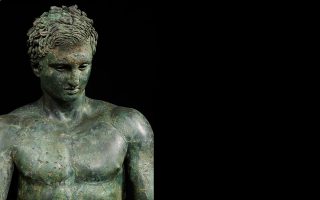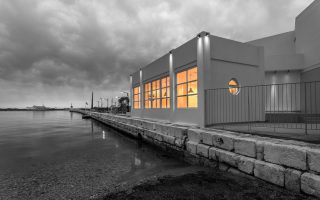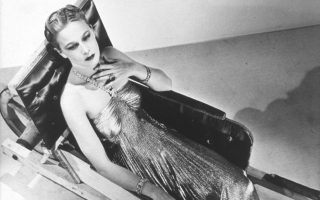On wild beasts and other allegories
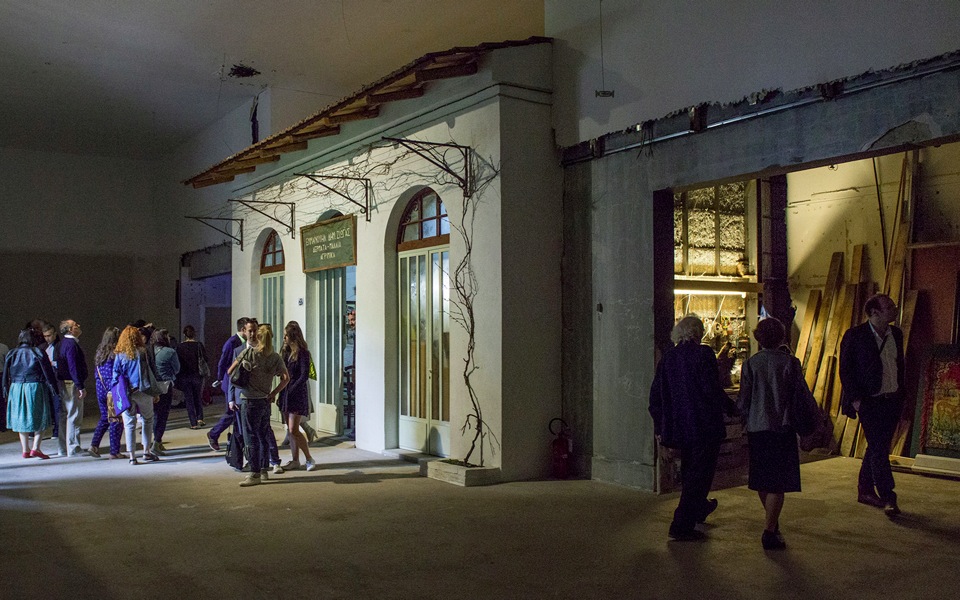
The Palia (Old) neighborhood of Volos is no doubt the Greek port city’s most intriguing and lively area, hosting dozens of tavernas and cafes that cater to the University of Thessaly’s numerous students.
The area also features narrow streets with low-rise buildings housing various shops with a vintage flair. One of these, a taxidermy store owned by Dimitris Ziogos, made an impression on Maria Papadimitriou. She is the artist behind “Why Look at Animals? Agrimika,” an installation currently on display at the Greek pavilion of the Venice Biennale, taking place through November 22.
The first thing the artist noted outside the shop was the sign – “Agrimika.”
“Following extensive research, I concluded that the term did not exist anywhere else in Greece. In the Volos area it is employed by hunters in reference to animals which live near man but are not domesticated – such as foxes, ferrets and wild goats. I also discovered that during the Greek civil war the term was used by many people when they talked about the rebels,” said Papadimitriou.
The artist transferred the contents of the entire store to the Biennale pavilion, where they have been set up in a concrete shell similar to their actual home. The installation has multiple identities: To begin with, it serves as an introduction to a portion of Greek social and folk history.
“When I discovered the store, I felt I had made a landmark discovery. The shop tells the history of Greek daily life and commerce since 1945. There were newspaper clippings on the wall, while several objects from different periods were laid out on counters. There was something extraordinary about the way in which Mr Dimitris had positioned every single item,” noted the artist, whose work in this case also has an archaeological quality.
On a second reading, the project reveals an allegorical dimension: “Agrimia” (wild beasts) are intrinsically linked to human existence and mythology. There are plenty of stories: From the goat that fed Zeus on the mountains of Crete to the she-wolf who suckled Romulus and Remus, wild beasts have constantly been in touch with the human psyche – sometimes harmoniously, at other times as rivals – symbolizing admiration (for the power of nature) as well as fear (for the unknown and what we don’t understand).
“The wild beasts I came across at the Volos store made me think about our interaction as a means of rediscovering ourselves. This encounter of equals in the face of great fear shows the difference between beast and man – in the flesh. In any case, fear is one thing but coming face to face with the beast is quite another,” said Papadimitriou.
Setting up the Greek pavilion at the Biennale this year was no easy task. A decision by an advisory committee regarding the project’s commission was delayed due to developments at the excavation site of Amphipolis in northern Greece, while the lack of funding substantially reduced the initial budget, at one point threatening the Greek participation altogether.
Eventually, financial assistance provided by private individuals and foundations, as well as the support of the Culture Ministry, enabled the Greek project to travel to Italy – where it met with major acclaim, according to the artist.
“In the beginning a number of visitors were hesitant, even aggressive, asking us where we got the money from. Eventually, however, they came to appreciate our approach which not only narrates Greek heritage, but takes on a European and global character,” noted Papadimitriou. “The idea was not to export the image of an impoverished Greece, but, on the contrary, to showcase a country that is well aware of the importance of history, a country that is unwilling to repeat the mistakes of the past.”
